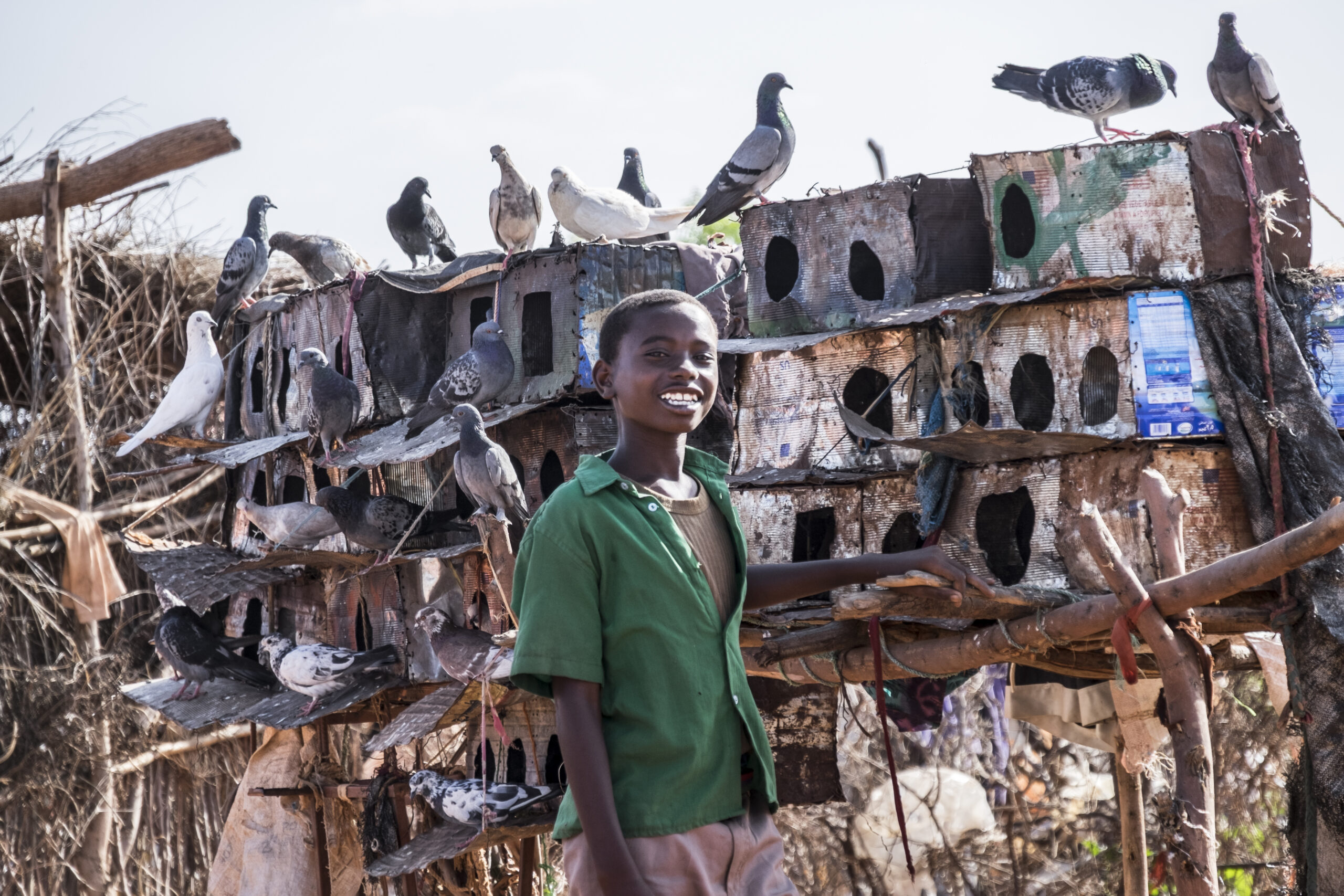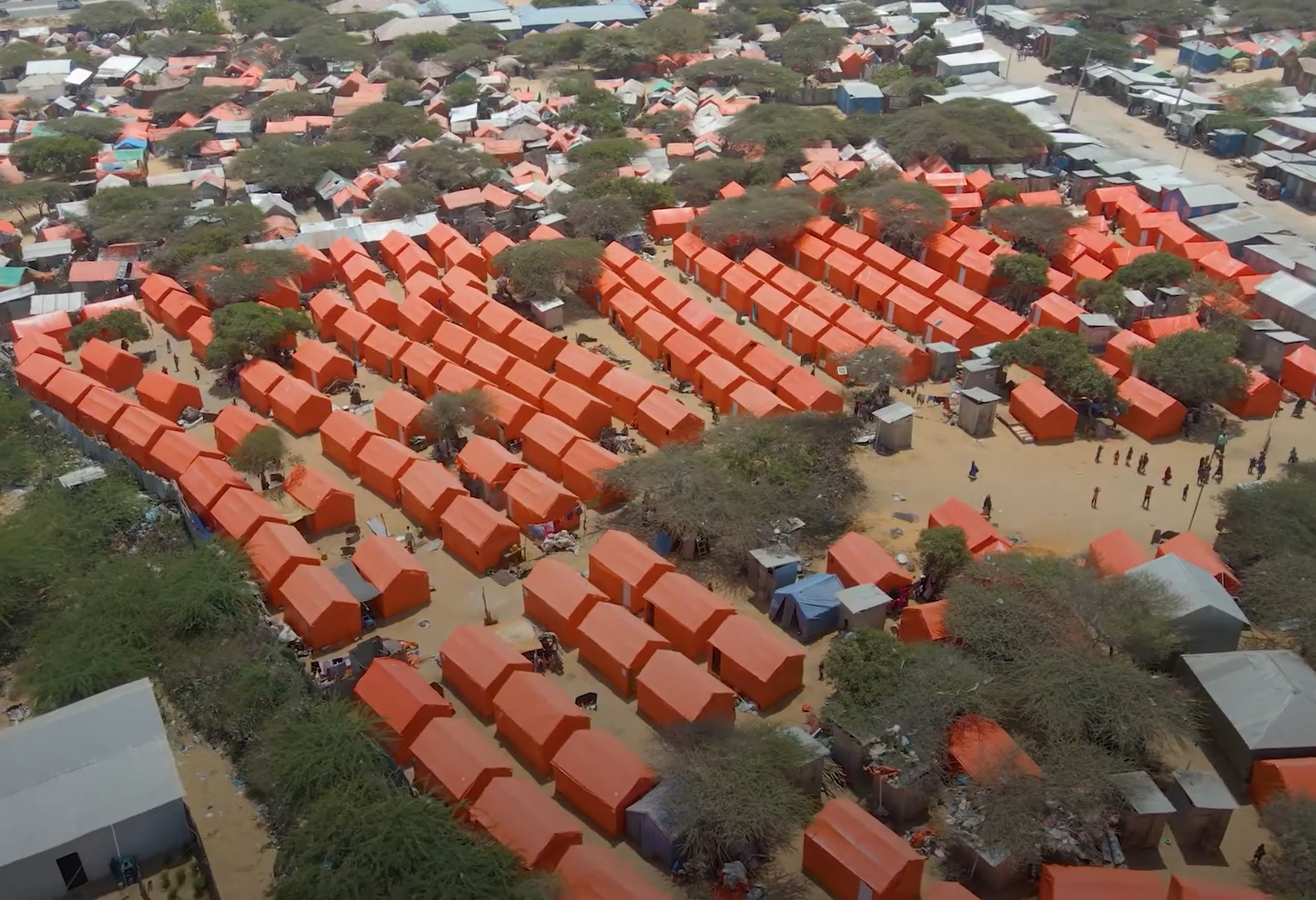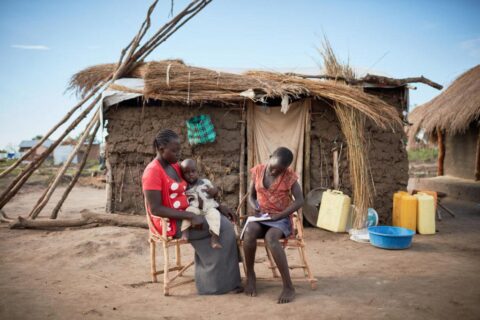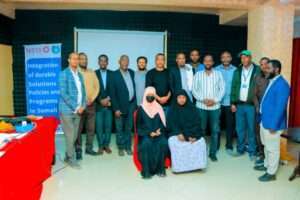The search for durable solutions to protracted displacement in the East and Horn of Africa is a regional and cross-border issue, with a strong political dimension. It demands a multi-sectoral response that goes beyond the existing humanitarian agenda. A consistent problem in the response to protracted displacement is the lack of a common framework and outcomes indicators relevant to solutions and a joint understanding of the drivers (and the construct) of solutions. This challenge makes it difficult to generate relevant data and analysis to identify displacement-specific protection and assistance needs to inform decision-making in collective responses. One of ReDSS’ first initiatives in 2015 aimed to address this problem. Inspired and informed by the IASC Framework, member agencies developed the ReDSS Durable Solutions Framework and its theory of change. The ReDSS Framework is a practical, easy-to-use rapid analysis tool with a very simple visual. It is used as part of a solutions analysis process, which enables users to answer the following questions:
- What are the barriers/opportunities for durable solutions?
- To what extent have durable solutions been achieved?
- What changes to policy and practice are required to advance progress towards durable solutions?
- Where to focus and prioritize investments based on gaps and challenges identified?
The ReDSS framework can be used by practitioners and policy-makers to tailor programming and policies according to a common logical framework around solutions and based on a collective analysis. It represents a unique way of informing joint planning at the granular level in a holistic and comprehensive manner across sectors and actors. It has been used in IDP and refugee contexts, as well as situations of return for both IDPs and refugees and in camp, out-of-camp and urban contexts in Uganda, Somalia, Tanzania and Ethiopia. A strong emphasis has been placed on a collaborative and consensus building approach, engaging humanitarian, development and governmental actors, as well as displacement-affected communities to develop a common analysis. The participatory process in which the tool is used is key to ensuring its relevance and appropriateness, including learning from challenges and managing different opinions and perspectives to reach a joint analysis. Click:
- Here to read more on key learning generated from these efforts
- Here to download ReDSS solutions framework and its theory of change
- Here for the solutions guidance package and tools



